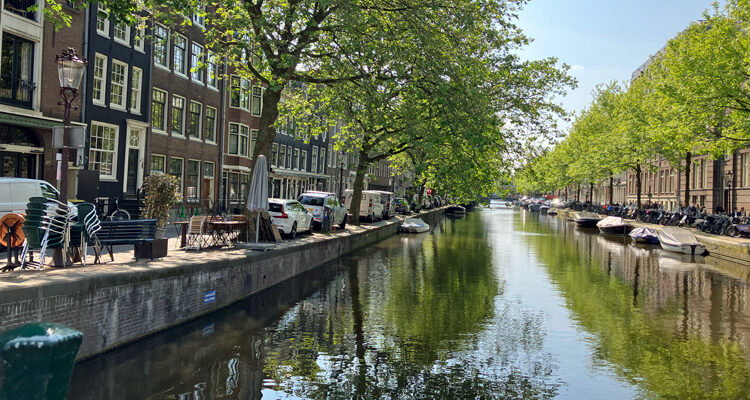Sshh!! You’re just meters from raucous Rokin, the heart of Amsterdam’s central artery, and five minutes’ sturdy black bike ride from the infamous Red-Light District. But signs here at the entrance to this privately-owned courtyard politely request silence. You’re in Begijnhof, a collection of sweetly ill-fitting buildings dating to medieval times.
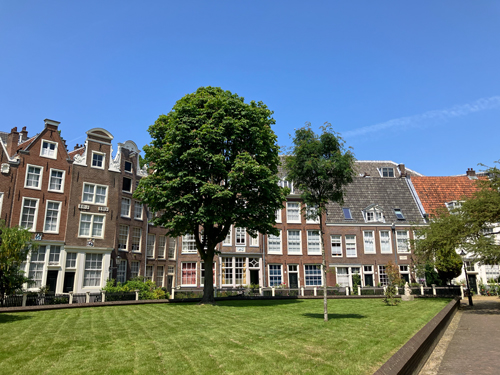
Originally a religious organization, the Beguines of Begijnhof weren’t quite nuns but did enjoy a hushed environment of strictly women. Centuries later, that tradition continues. We visitors are asked to respect their residents, still dude-free if not necessarily religious, by simply shutting up. So, let’s quietly explore.
These story-book buildings refuse to conform to anything resembling a right angle.
Such asymmetry is on brand for so much of Amsterdam’s architecture. Just try photographing these crooked townhouses. Towering and narrow, it’s like they’re intentionally discouraging the use of your camera’s landscape layout. But what hits you hardest here is the pervasive feminine quiet. Suddenly, Amsterdam’s recent controversial ad campaign directed against young British men feels on brand too. Did you hear about its brilliantly simple targeting?
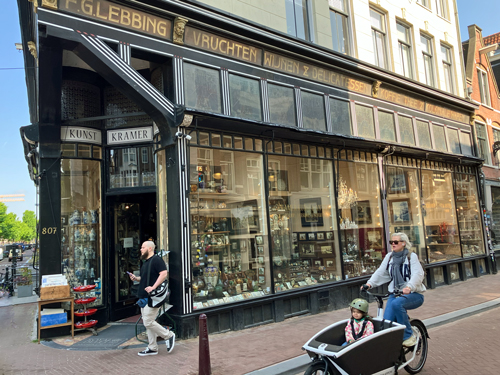
Online searches using key phrases like ‘stag party in Amsterdam’ and ‘pot shops near the Sex Museum’ prompted video invitations to stay home, threatening jail for bad behaviour. This city of less than one million inhabitants welcomes up to 20 million visitors a year. Amsterdam can afford to lose a few yobs.
If you’ve never visited before, sure, walk through the Red Light District — during the day. Buy a postcard if you must but don’t photograph the women in the windows. It’s rude and offends the locals. But now that pot’s legal in Canada, maybe visit museums instead of cafés.
Of course, just because you’re playing the grownup and avoiding the naughty neighbourhoods doesn’t mean you automatically can get in anywhere. For example, as of June 28, the Van Gogh Museum was already sold out for the first 6 days of July. And Anne Frank Huis was booked solid for all but 6 days of July. Vermeer? Ha! If you visit in summer, book your bucket listers online ahead of time.
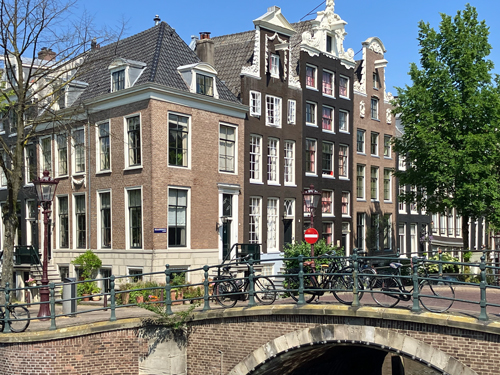
Speaking of which, we like to stay in Amsterdam’s Museum Quarter, a grand and leafy neighbourhood 45-minutes’ walk southwest of the chaos. As the name suggests, we’re close to the important museums here: Moco, Van Gogh, Diamant, Rijksmuseum, Concertgebouw and so on. First, though, after dropping bags at the hotel, a canal tour re-orients us, and an Indonesian feast with plenty of wine stuffs us with contentment. We waddle back to the hotel and sleep!
Day 2: “Ready?” the security guard bellowed.
We arrive outside the Stedelijk Museum of Modern Art and Design just before it opens at 10am, kicking off our only full day in Amsterdam. Around 50 people jockey for a spot. “OK, now come in,” the guard jokes. We check our bags and are viewing the Stedelijk’s exhibits by 10:05.
In a wealthy capital city like Amsterdam, there will always be more to see than you have time or mental space to accommodate. Hence the value of good curation, and the Dutch curate their magnificent museums better than most. Here, for instance, I’m utterly captivated by a room dedicated to the revolution in furniture design that metal tubing caused. Metal tubing? Yes, it sounds boring (and, no, I wasn’t stoned) but the presentation and explication are anything but. I’ll never look at a glass coffee table the same again.
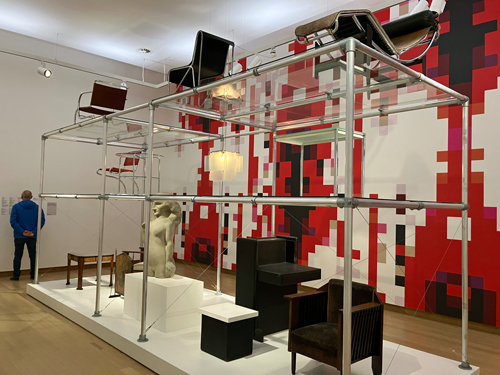
If you’re in the Museum Quarter on a sunny day, treat yourself to lunch on one of the patios in Vondelpark. Ours is late, but long and lazy with some good Dutch beer. Then we hop a train 9km south to the recently completed Ziggo Dome concert venue to see the great Peter Gabriel, speaking of bucket lists. But we’re swamped by 50,000 boa-draped fans attending the Harry Styles concert at Johan Cruyff Arena next door. Such unapologetic contrast is also on brand for Amsterdam!
Later, the shows finish concurrently but the ride back to town isn’t as hellish as we’d feared. The administrators of Toronto’s Pearson Airport should have a word with the coordinated managers of Amsterdam’s assorted public transit services.
Final day: The map of Amsterdam looks like an aerial view of the Pentagon.
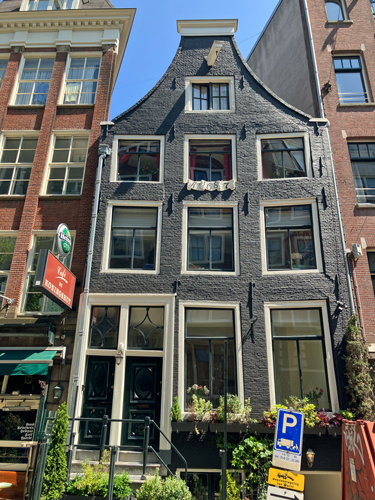
If you were raised in a city built on a grid, you will get lost here. Even with your phone directing you, while butchering the street names. So, it takes a not unpleasant misguided while to locate FOAM. This celebrated museum of photography occupies one of those classic merchants’ homes Amsterdam is choking on. Hundreds of years old but well maintained, many look like some Disney art director popped them out of plastic wrapping last week.
On the way to our last cultural stop before catching the train to Schipol Airport, we visit the floating garden market. Which sounds more exciting than it appears. After all, a floating garden in Amsterdam conjures 17th-century visions of tall people in taller hats, black suits and clogs, feverishly trading houses and children for tulips. Instead, this is a solid platform with a batch of stores specializing in pre-gardened stuff: largely bulbs, seeds, soil, pots and heaps of souvenirs. Very few blossomed tulips anywhere but on fridge magnets.
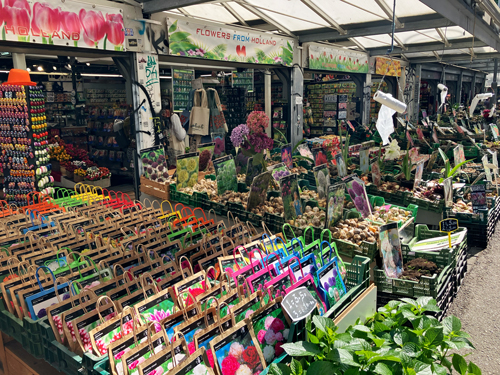
De Nieuwe Kerk, literally The New Church, dates back to medieval times with an interior renovated in the 1600s. Though inaccurately named, de kerk boasts culture and spirit that are up-to-the-minute relevant. This year, it hosts the World Press Photography Exhibit. Part of this visual onslaught includes the past half-century’s Photos of the Year. 2022’s stops us like smack. It’s Canadian: red dresses and orange shirts dangle from a line of stick crosses, hauntingly commemorating the children who died at Kamloops Indian Residential School. It’s the first time ever that a Photo of the Year hasn’t contain a human face. Instead, it speaks of absence.
A few minutes later and meters away, we board the train, silent again.



